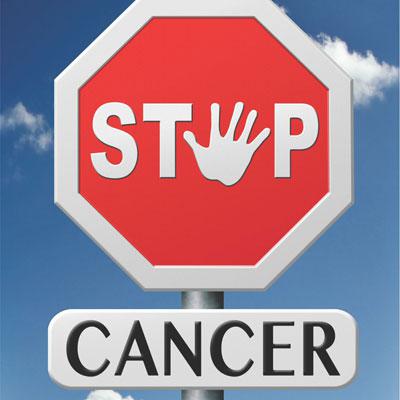Screening and early detection to prevent cancer

Prevention is better than cure. For cancer management, prevention has a very significant role. Much before early detection of cancer, cancerous cells spread very fast. It is important to know that nearly all cancers of the lung, bladder, mouth and skin could be prevented. 50-75% of cancer mortality is related to personal behavior or habit. For an example, 30% or more of all cancer mortality is related to cigarette smoking.
Overview
Lung cancer is common due to tobacco use. Quitting smoking can reduce a huge number of cancer mortality. Counseling, social support and nicotine replacement therapy has shown a successful impact. High levels of consumption of red meat have been found to have an increased risk of colorectal cancer. Dietary plan should include vegetables and fruits daily. Red meat should be avoided.
5% of all cancer deaths are associated with obesity. Higher levels of physical activity have been associated with decreased risk of colon and breast cancers. The Cancer Society recommends that adults engage in moderate exercise for at least 30 minutes for 5 or more days per week. Several of the metabolites of alcohol have been identified as carcinogens. Long-term alcohol use has been associated with approximately 4% of cancer cases of esophagus, rectum, liver and breast.
Ultraviolet radiation is a well-established carcinogen for skin cancers. Limiting exposure to the sun during peak hours using protective clothing, hats and sunglasses and using sunscreens can minimize the risk of skin cancers. A significant proportion of bladder cancers may be due to exposures in the aluminum, paint, petroleum, rubber and textile industries. Occupational exposure to radon and asbestos has been linked to lung cancer.
Approximately 17% of all cancers may be attributed to an infectious etiology. The primary cancers with known associations with viral infections include: cervical and anogenital cancers, hepatocellular carcinoma, Kaposi sarcoma and several types of non-Hodgkin’s lymphoma. Bacterial infection with Helicobacter pylori is associated with the risk of gastric cancer. Use of barrier methods such as condom during sexual intercourse is essential, because some viral carcinogens are transmitted via body fluids. Multiple sexual partners or sexual contact with infected partners can increase the risk of cancer.
Screening and Early Detection
Breast cancer: Screening for breast cancer can include breast self-examination (BSE), clinical breast examination (CBE) and mammography. Most experts agree that screening mammography should be performed routinely in women between the ages of 50-69 years.
Cervical cancer: The Papanicolaou (Pap) smear is the standard screening test for cervical cancer. Physicians recommend starting Pap smears at age of 21 years or 3 years after the onset of sexual activity. Cervical cancer screening by ‘visual inspection with acetic acid (VIA)’ test is now proven to be effective in reducing cervical cancer mortality.
Colon cancer: Screening is recommended to start at the age of 50 years in individuals who are at risk of colon cancer. For individuals with a first-degree relative with colorectal cancer, screening should start at 40 years and repeat every 5 years.
Lung cancer: Currently screening for lung cancer in asymptomatic individuals is not recommended. Chest x-rays and CT scans are screening strategies for current and former smokers.
Ovarian cancer: Detection of early stage ovarian cancer has been proved difficult. It has been recommended that women who are at high risk of ovarian cancer due to a strong family history or a deleterious mutation should have both transvaginal ultrasonography and CA125 testing every 6 months, starting at the age of 35 years.
Prostate cancer: The mainstays of prostate cancer screening are measurement of prostate-specific antigen (PSA) and digital rectal examination (DRE). The American Cancer Society recommend screening 50 years of age for most men and at age of 45 years for men who are at increased risk of prostate cancer due to family history.
Self responsibility, social awareness and screening are the key factors to prevent cancer genesis and progression.
Source
http://www.thedailystar.net/health/screening-and-early-detection-prevent-cancer-158593

